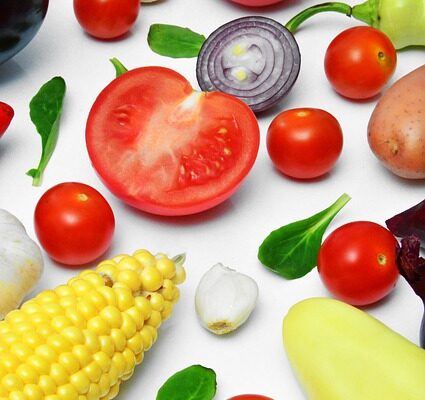Plant-based diet have been around for hundreds of years. Both vegan and vegetarian diets are plant-based. As interest in plant-based diets develops, your paths have grown more fluid. While vegans normally eschew all animal products, plant-based eating is less restrictive and has many interpretations.
Consider plants as the cornerstone of your diet while following a plant-based diet, such as fruits, vegetables, tubers, seeds, legumes, and grains. If you like, supplement your plant-based diet with limited amounts of high-quality fish and animal products. This is also a plant-forward approach to eating.
There are various reasons to eat a plant-based diet. Some people want a more healthy diet, while others eliminate animal products to decrease their environmental impact or out of concern for the animals.
Plant-based diets are frequently promoted as being healthier than meat-eating equivalents. Unfortunately, the present research does not back up those assertions. Indeed, there are advantages and disadvantages for people of different dietary inclinations, including vegans, vegetarians, and meat eaters.
Diet Plan for 7 Days
Most people who follow a plant-based diet focus on the whole, minimally processed meals derived primarily from plants. While plant-based diets do not totally remove animal products, most people who follow a plant-based diet reduce their consumption of these foods in favor of eating more vegetables, fruits, whole grains, legumes, seeds, and nuts.
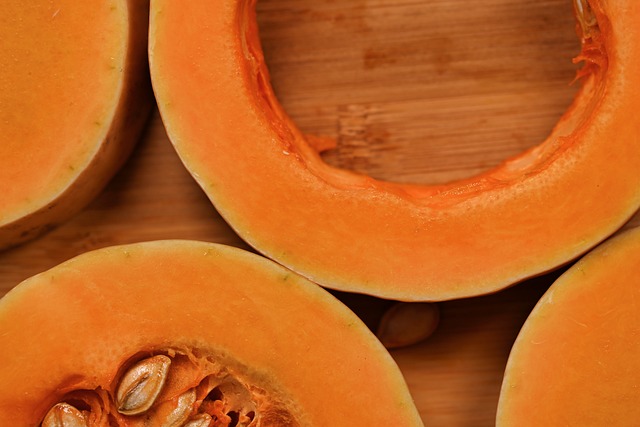
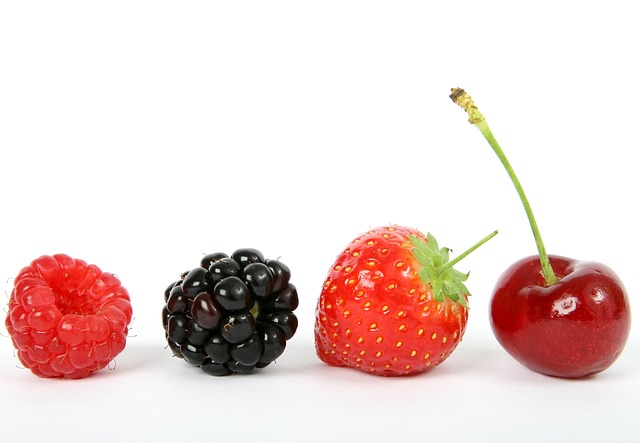
When adopting a plant-based diet, some people choose to avoid refined foods such as added sugar, white flour, and processed oils. The following is an example of a seven-day meal plan.
Day 1: Oatmeal with blueberries, banana, and peanut butter, tuna wrap, cucumbers with dip, lentil spaghetti with roasted broccoli, and dark chocolate popcorn
Day 2: Oatmeal with almonds and cherries, chickpea and feta salad, baby carrots and hummus, tofu with brown rice and peanut sauce, Medjool dates, and almond butter.
Day 3: Tofu scramble with avocado, walnuts, and a peach, quinoa salad with hummus and baby carrots, ground turkey and whole wheat pasta with steamed broccoli
Day 4: Coconut yogurt with raspberries and low-sugar granola, peach and cheddar cheese, brown rice with black beans and salsa, lentil soup with mozzarella and tomato on toasted bread, cubed watermelon, and cashews
Day 5: Poached egg and avocado toast, apple and peanut butter, hummus and chickpea wrap, pumpkin seeds and dried mango, grilled fish with sweet potato and asparagus, coconut milk, frozen yogurt
Day 6: Peanut butter and apple oatmeal, almonds and cherries, lentil spaghetti with tomato sauce, pita chips with cucumber dip, grilled chicken with quinoa and cauliflower, popcorn, and dark chocolate
Day 7: Greek yogurt with hemp seeds and blueberries, frozen raspberries and bananas, banana with peanut butter, whole wheat pita with black beans and corn, bell pepper with tortilla chips and guacamole, veggie burger with sweet potato fries, frozen raspberries, and bananas
What Are Your Options?
Whole grains, legumes, tubers, vegetables, fruits, nuts, and seeds are staples of a plant-forward or plant-based diet. Animal-based foods (including dairy) are consumed in moderation.


When adopting a plant-based diet, there are no forbidden items or guidelines to follow. A diet high in plant-based foods and low in animal-based foods is the guiding idea. This means that switching to a plant-based diet does not need giving up meat, fish, or dairy.
Fruits and veggies
- Vegetables with green leaves
- Squash and other starchy veggies
- Corns
- Tomatoes
- Every type of fruit, including canned, dried, and frozen possibilities
Seeds and nuts
- Tree nuts and peanuts
- Kinds of butter made from nuts
- Seeds
- Kinds of butter made from seeds
Complete Grains
- Bread, both refined and white, and grains
- Cereals, both cold and hot
- Pasta, whole grains, and seeds
Tubers
- Potatoes
- Yummy sweet potatoes
Legumes
- Beans
- Chickpeas
- Lentils
- Soybeans
Proteins and fats from animals
- Meat
- Pork
- Chicken
- Turkey
- Fish
- Shellfish
- Eggs
Dairy
- Cheese
- Milk
- Yogurt
- Butter
What You Shouldn’t Eat
Given the adaptability of a plant-based diet, there isn’t a single food you can’t eat while adhering to it. Instead of shunning animal-based foods, choose higher-quality, leaner cuts. Choose excellent protein sources such as chicken breast, fish, and eggs over high-fat choices such as 85% ground beef. Limiting processed foods, added sugar, and sugary beverages are also part of a plant-forward diet.

Tips for Preparing for a Plant-Based Diet
Start with what you’re already eating when transitioning to a plant-based diet. Find methods to replace animal-based foods with plant-based alternatives, and include extra fruits and vegetables wherever possible.
A bowl of pasta with marinara sauce, for example, is already plant-based because it lacks an animal-based protein supply. Increase the flavor of this dish by serving it with a robust salad topped with roasted chickpeas. Here are some additional facts about the plant-based diet.
- On a plant-based diet, you don’t have to give up the burger. Choose 95% or leaner ground beef and a whole grain bun instead. Instead of cheese, top your burger with avocado. Then pile on the vegetables for the rest of your platter.
- Check the labels. Avoid meals and beverages with added sugar in the ingredients list or on the nutrition label.
- Meat-free meat products aren’t always healthier. Many of them are heavily processed or have a low protein content. They can also contain a lot of salt. Before purchasing, read food labels and check the protein and sodium content.
- Take things slowly at first. If you’re not sure if you’re ready to make a complete commitment, start with eating less meat and animal products. Try Meatless Mondays or set a goal of eating two to three meals per week that do not include meat or dairy.
- Frozen and bulk items can help you save money. A plant-based diet does not have to be costly. Fresh fruits and vegetables have the best flavor and texture. Frozen foods, on the other hand, are frequently just as nutritious. Toss frozen berries, peas, corn, and other vegetables into recipes. Purchase seeds and nuts in quantity.
Shopping List Example
Fruits, vegetables, healthful grains, plant-based protein, and high-quality animal products are all part of a plant-based diet. The grocery list below contains ideas for getting started with this eating plan. Please keep in mind that this is not an exhaustive shopping list, and you may discover that different foods perform better for you.
- Greens with dark leaves (spinach, kale, Swiss chard, bok choy, arugula)
- Veggies (broccoli, cauliflower, Brussels sprouts, sweet potatoes, bell peppers, eggplant, carrots) (broccoli, cauliflower, Brussels sprouts, sweet potatoes, bell peppers, eggplant, carrots)
- Fruits (grapefruit, oranges, berries, bananas, apples, avocados) (grapefruit, oranges, berries, bananas, apples, avocados)
- Complete grains (oats, quinoa, barley, amaranth, brown rice)
- legumes, dried or canned (black beans, lentils, chickpeas)
- Tempeh and tofu
- Seeds and nuts (walnuts, almonds, cashews, chia seeds, flax seeds, hemp seeds)
- Dairy-free milk (oat, almond, coconut)
- Tahini
- Ground turkey breast, 95% lean ground beef, and sirloin steak
- Egg yolks and whites
- Nonfat milk, yogurt, cottage cheese, and Greek yogurt are all good options.
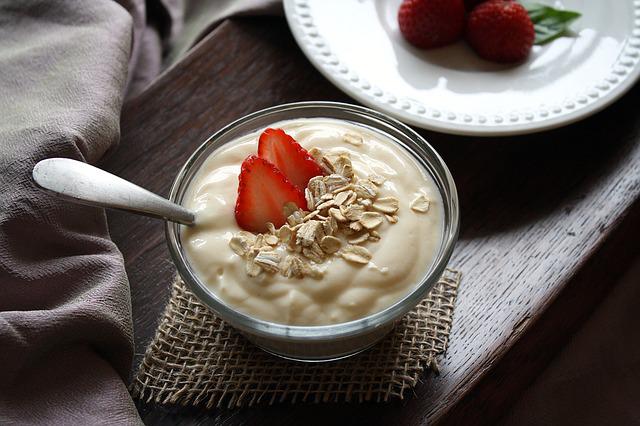
The Benefits of a Plant-Based Diet
A nutrient-dense plant-based diet that is well-balanced provides numerous health benefits that can improve health markers and quality of life.
Some evidence suggests that eating a low-fat, plant-based diet with few animal products improves insulin sensitivity and lowers insulin resistance. Furthermore, a plant-based diet rather than an animal-based diet may be useful in the prevention of type 2 diabetes and pre-diabetes.
Cardiovascular protection may be provided: A well-planned, healthy plant-based diet can enhance cardiovascular health indices such as blood cholesterol and oxidative stress.
Plant-based diets may lower blood pressure due to their high antioxidant content, lower salt, enhanced potassium, reduced oxidative stress, greater bioavailability of nitric oxide, and lower calorie content, according to research.
Plant-based diets have been related to better gut microbial variety, lower calorie density, and lower cholesterol consumption, all of which help support weight loss and healthier body weight. Plant-based diets are not weight reduction diets, but they may aid in your weight loss efforts.
Plant-forward diets are less restrictive because there are no forbidden foods. And there is less constraint when there are no restrictions. The more restrictive a diet, the less likely it is that you will be able to stick with it in the long run. Furthermore, restrictive diets are linked to disordered eating patterns, the inability to reduce weight, and weight gain.
The Drawbacks of a Plant-Based Diet
The difficulty in addressing protein needs is the source of the health hazards linked with plant-based diets. And, because animal products are a good source of protein as well as key vitamins and minerals, it’s easy to get deficient in some nutrients.
Potential Nutrient Shortages: Vegetarian and vegan diets must pay special attention to maintaining enough protein, calcium, iron, and vitamin B12 intake. Animal products contain iron and B12 in ideal form, while dairy is a wonderful source of calcium and vitamin D.
Difficulty in Meeting Protein Requirements: Though plant-based meals contain protein, the amount is not always sufficient to meet your daily protein requirements. With the exception of soy and quinoa, most plant-based proteins are not complete proteins. Thus it’s vital to eat a variety of plant-based proteins throughout the day to meet critical amino acid demands.
It takes a lot of planning: To achieve daily dietary requirements while eating a plant-based diet, you’ll need to plan your meals and snacks ahead of time. This can be time-consuming and tedious, which many people may not prioritize.
Is a Plant-Based Diet a Good Option for You?
It is possible to achieve your daily nutrient demands while eating a plant-based diet with careful preparation. Dietary guidelines from the United States Department of Agriculture (USDA) contain calorie recommendations as well as ideas for a healthy, balanced diet. A healthy diet should include the nutrient-dense foods listed below.
- Dark, leafy greens and vegetables (kale, spinach, broccoli, Swiss chard, green beans)
- Fruits (apples, berries, melon)
- Grains (quinoa, brown rice, oats)
- Meats that are lean (chicken breast, fish, turkey breast)
- Lentils with beans (all beans, lentils, peas)
- Seeds and nuts (walnuts, almonds, sunflower seeds)
- Dairy (reduced-fat milk, cheese, yogurt)
- Oils (olive oil, avocado oil)
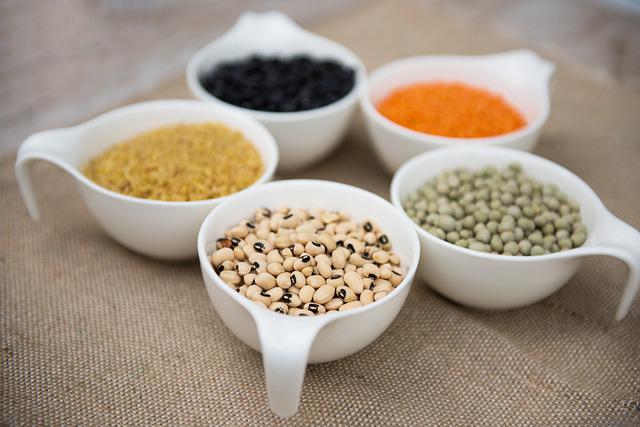
Because animal proteins are not prohibited on a plant-based diet, it is easier to achieve daily protein requirements, which can be difficult to meet on a vegan or vegetarian diet. According to the USDA, a person’s daily calorie needs vary depending on age, gender, and level of physical activity. Use this calculator to figure out how many calories you need.
To Conclude
Plant-based diets are becoming increasingly popular due to their prospective health advantages and environmental effect. Though a plant-forward diet might benefit your health, integrating nutrient-dense meals as well as foods that nourish the spirit is more important.
A plant-based diet heavy in processed foods added sugars, and sodium is unlikely to produce the desired benefits. Your best bet is to follow a nutritious diet that you can keep in the long run. Make incremental changes and get the assistance of a trained nutritionist to develop a plan that will keep you healthy and satisfied.
While we do not support fad diets or unsustainable weight loss approaches, we do give the facts so that you can make an informed decision that best suits your nutritional needs, genetic blueprint, budget, and goals.
Exercise, sleep, and other lifestyle factors all have a significant impact on your overall health. The best diet is one that is well-balanced and fits your lifestyle.
